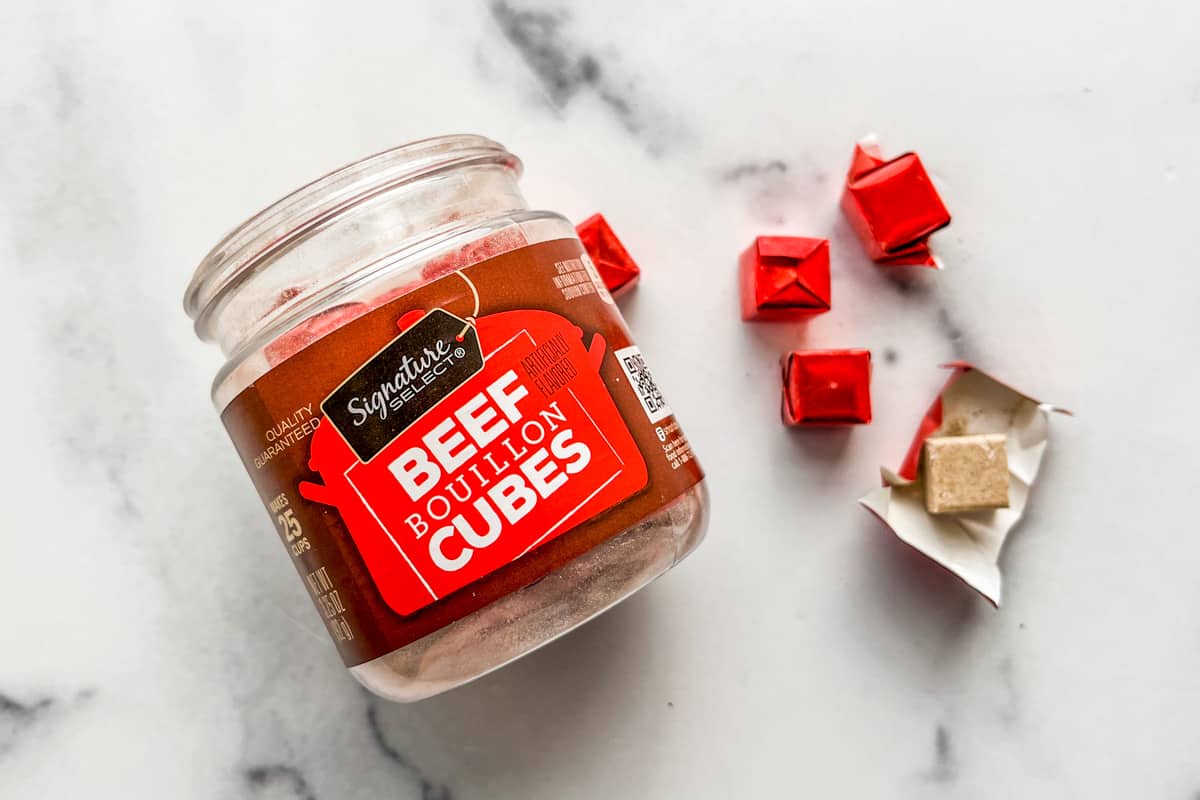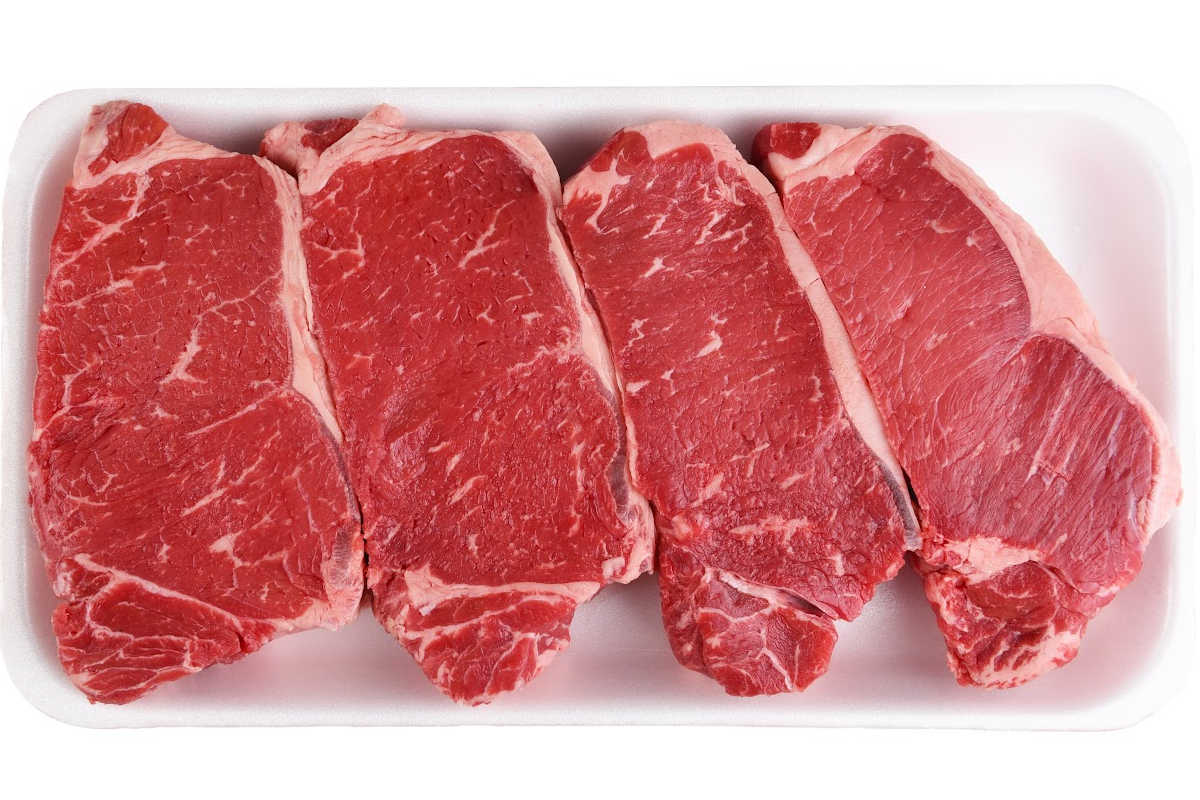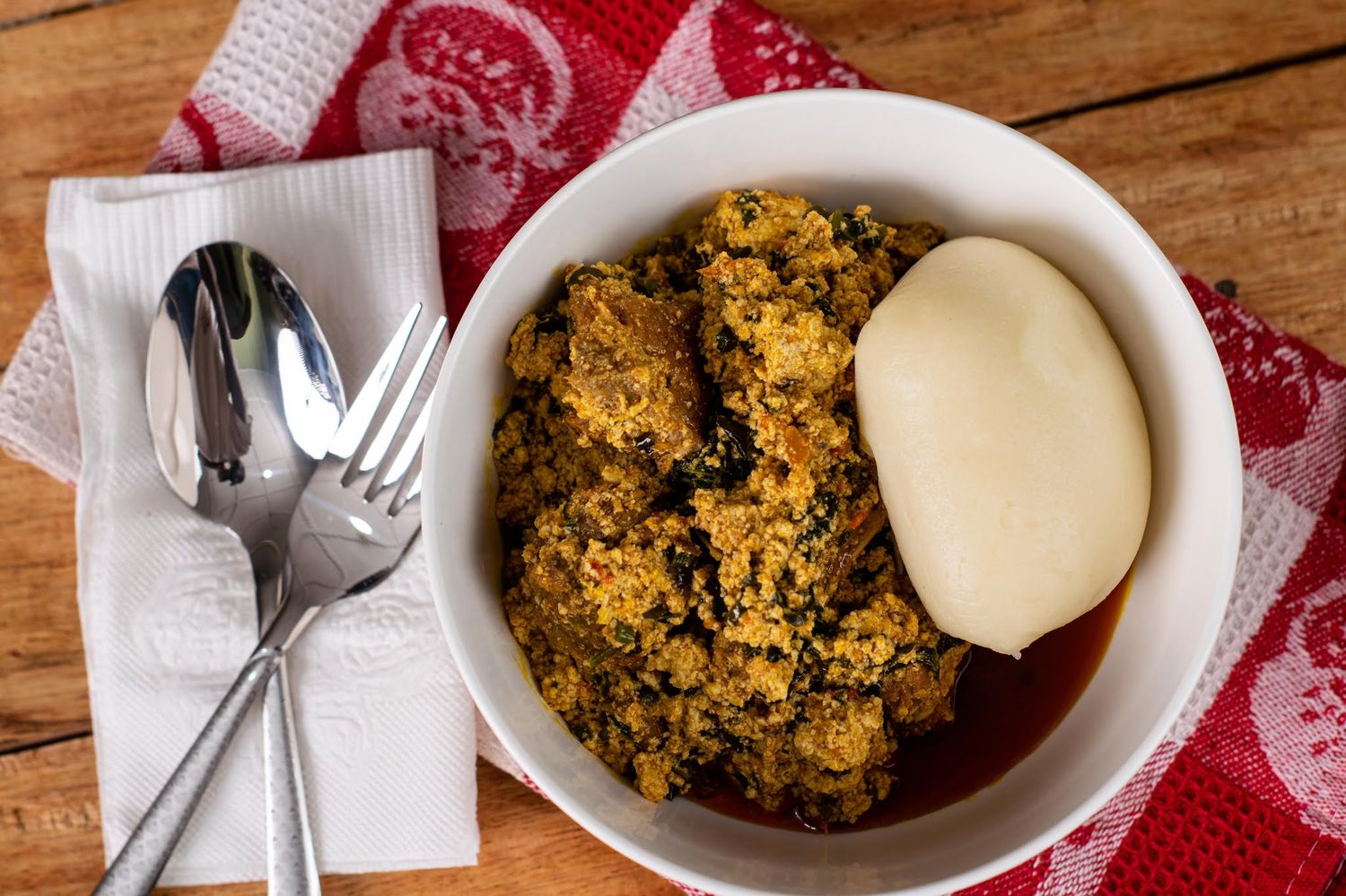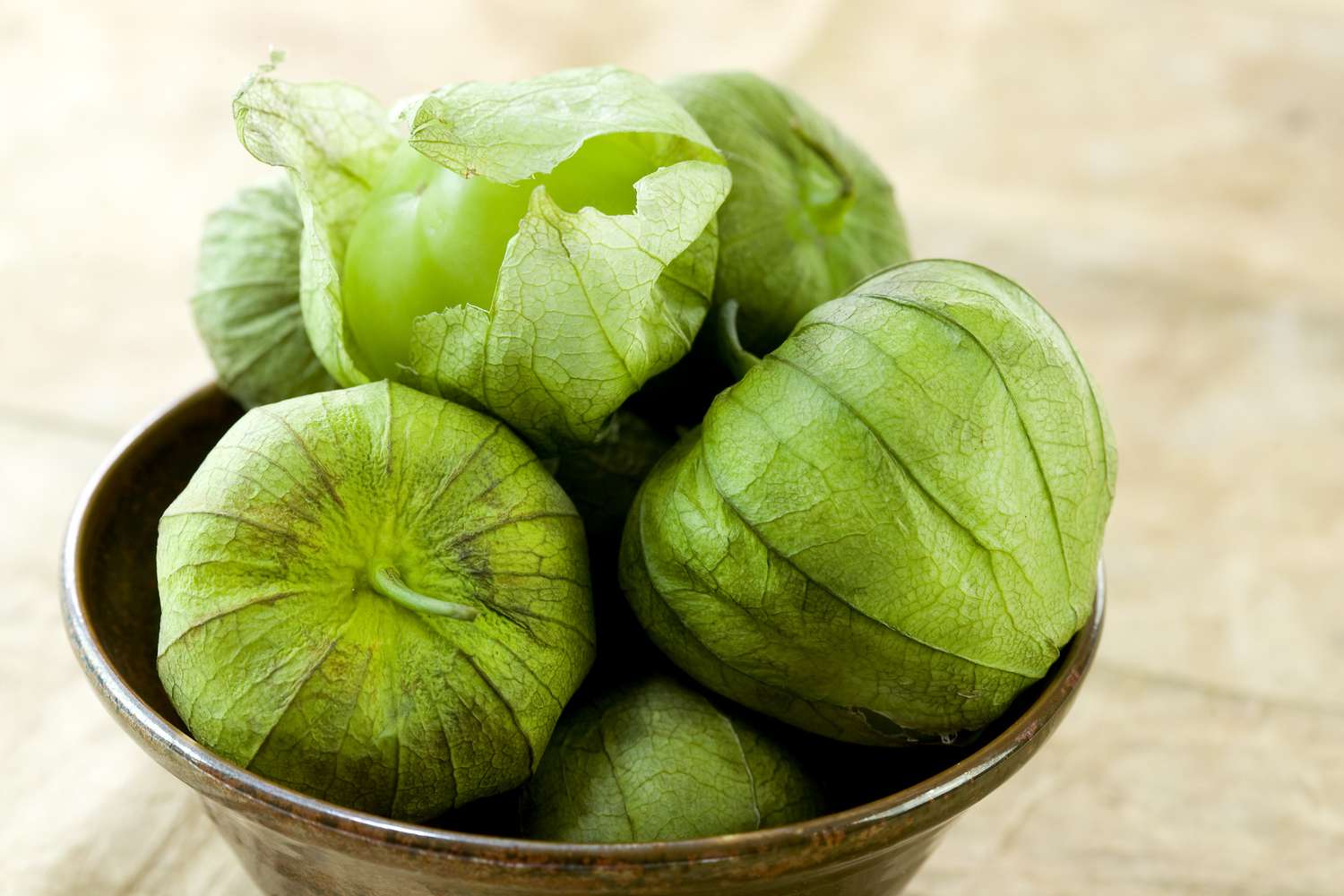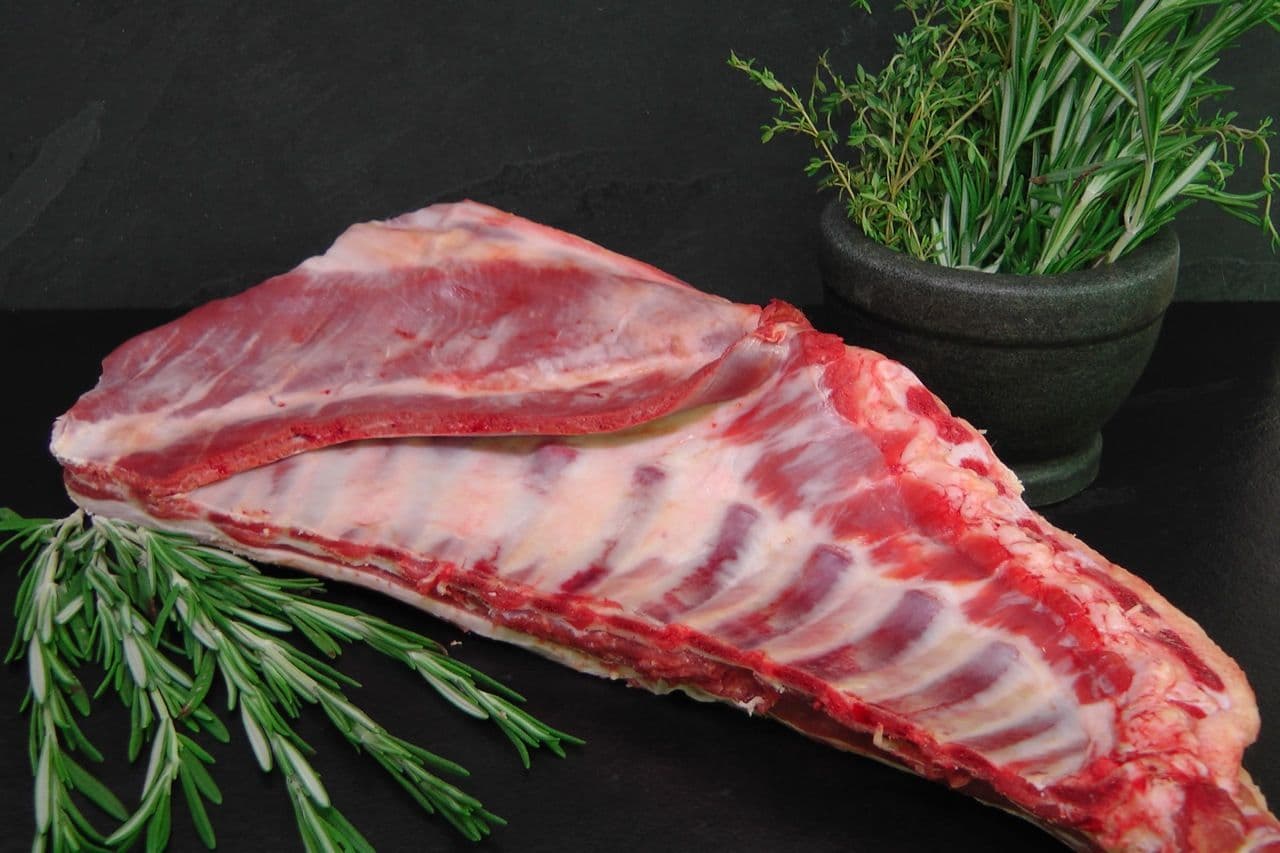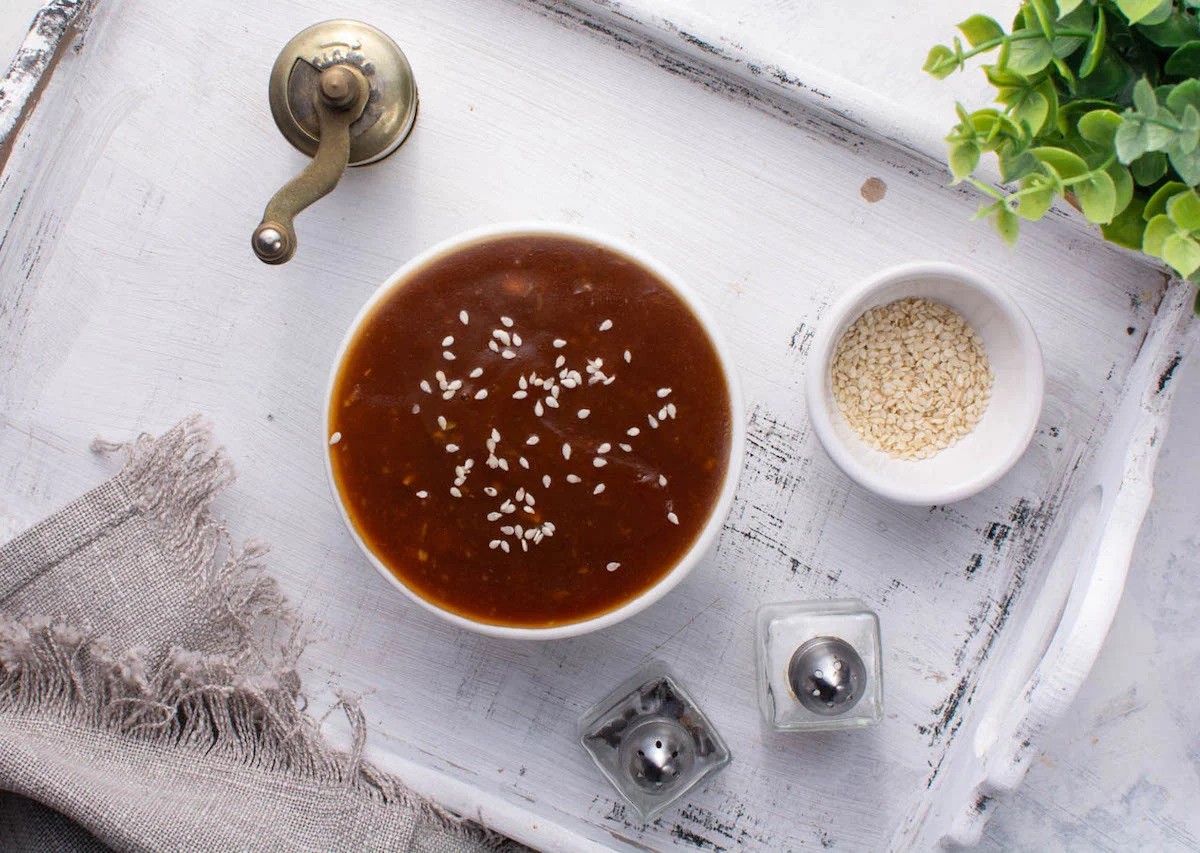Understanding Grass-Fed Butter
When it comes to butter, there are various types available in the market. One such type is grass-fed butter, which has gained popularity in recent years due to its potential health benefits and unique taste. But what exactly is grass-fed butter, and how does it differ from conventional butter?
What Is Grass-Fed Butter?
Grass-fed butter is made from the milk of cows that have been primarily fed a diet of grass and other foraged plants. This is in contrast to conventional butter, which is often made from the milk of cows that are fed a diet of grains and soy. The diet of the cows can have a significant impact on the nutritional composition of the butter they produce.
Nutritional Benefits
Grass-fed butter is known for being rich in omega-3 fatty acids and conjugated linoleic acid (CLA), which are beneficial for heart health and may have anti-inflammatory properties. Additionally, it contains higher levels of vitamins A, D, E, and K compared to conventional butter. These vitamins play a crucial role in supporting overall health and well-being.
Distinctive Flavor
One of the key characteristics of grass-fed butter is its distinct flavor. The butter produced from the milk of grass-fed cows often has a richer and more complex taste compared to conventional butter. This is attributed to the varied diet of the cows, which can impart different flavors to the milk and, subsequently, the butter.
Environmental Impact
Choosing grass-fed butter can also have environmental benefits. Cows that are allowed to graze on pasture contribute to sustainable agriculture and soil health. Additionally, supporting farms that prioritize grass-fed practices can help promote animal welfare and biodiversity.
How to Use Grass-Fed Butter
Grass-fed butter can be used in a variety of ways, just like conventional butter. It can be spread on toast, used for baking, or added to dishes for flavor. Due to its rich taste, some people prefer using it as a finishing butter for dishes to enhance the overall flavor.
Choosing Quality Grass-Fed Butter
When selecting grass-fed butter, it’s important to look for products that are certified as grass-fed or pasture-raised. This ensures that the butter comes from cows that have been predominantly fed a diet of grass and foraged plants. Additionally, opting for organic grass-fed butter can further ensure that the cows have been raised without the use of synthetic pesticides or antibiotics.
Final Thoughts
Grass-fed butter offers a unique blend of nutritional benefits, distinct flavor, and potential environmental advantages. By understanding the differences between grass-fed and conventional butter, consumers can make informed choices that align with their health and sustainability goals.
Whether it’s for the rich taste, the potential health benefits, or the environmental considerations, grass-fed butter has certainly carved out its place in the world of dairy products.
Was this page helpful?
Read Next: What Is Gulab Jamun
